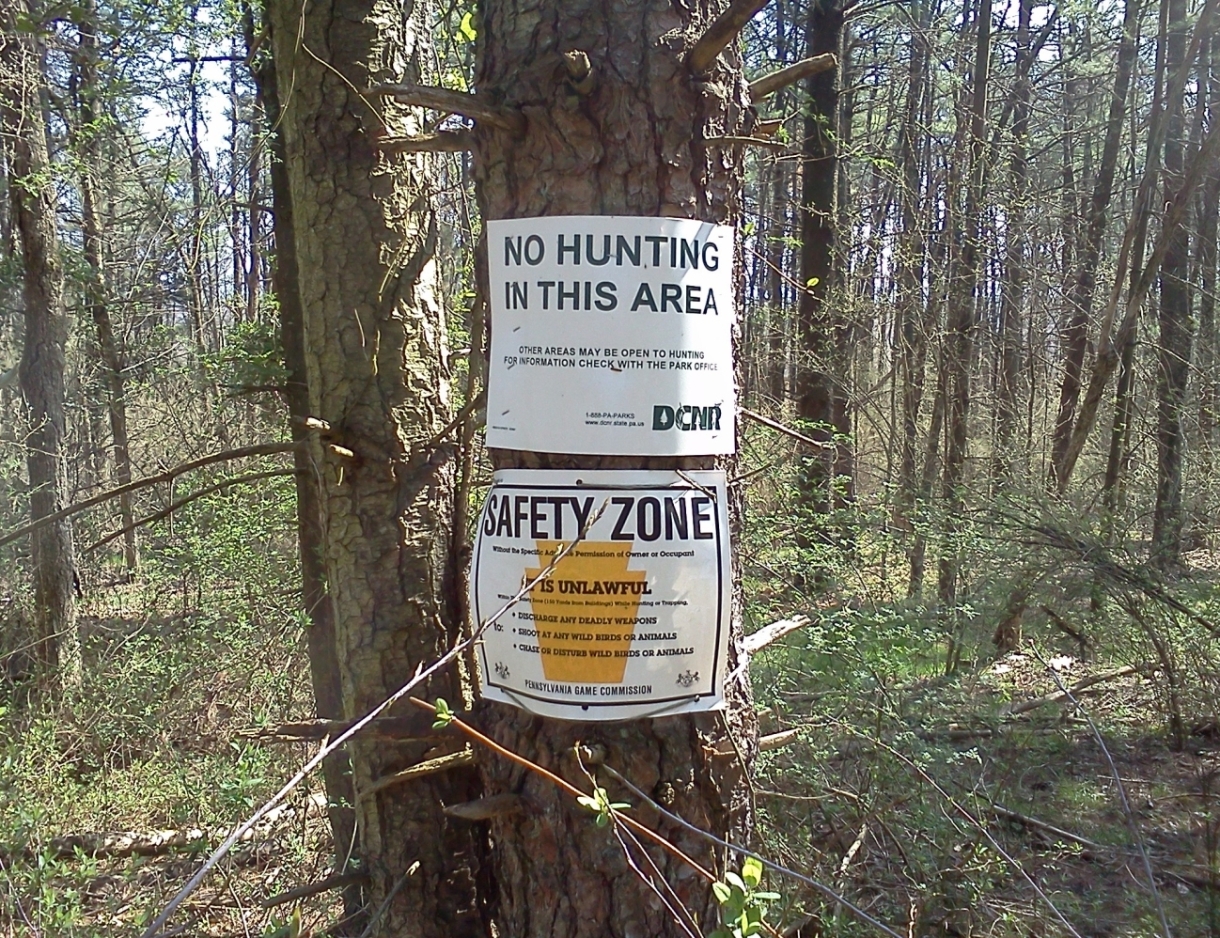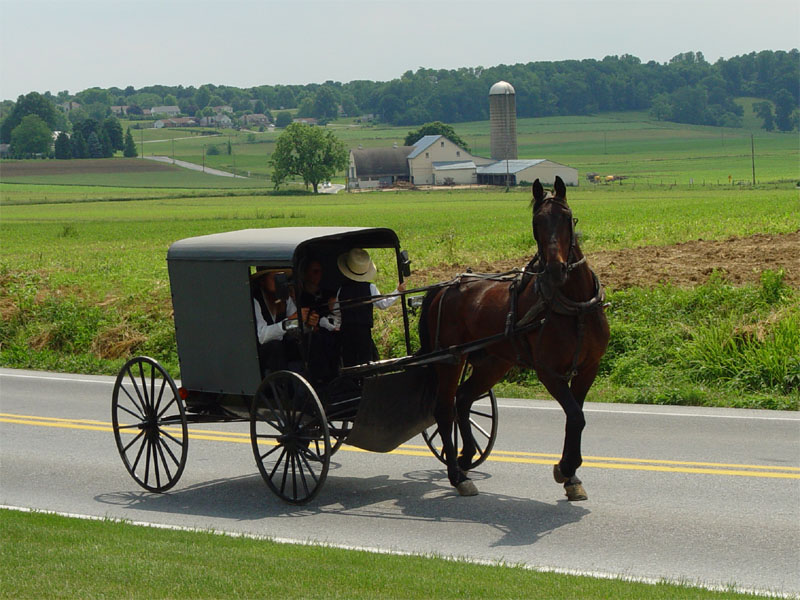Farmers Pleased with Landowner Liability Bill
Landowners who allow hunting on their properties can be held responsible for Game Code violations, under current law, but SB 1403 would limit that liability.
The legislation breezed through the state Senate unanimously last week, and appears to have farmers’ support. “You just don’t have that much cash around, you know, to try and defend yourself for something that you shouldn’t have been held liable for to begin with,” explains Adams County Farm Bureau president Dan Wilkinson.
While Wilkinson hasn’t dealt with such liability issues himself, he supports the measure as being in farmers’ best interest.
“We should be encouraging farmers and landowners to open their land for hunting and other recreational purposes instead of threatening them with legal consequences for the actions of others,” said State Senator Richard Alloway (R-Franklin/Adams) in a written statement. Alloway is both the bill’s prime sponsor and Chairman of the Senate Game and Fisheries Committee.
“You’d have people standing on top of each other,” added Wilkinson about the prospect of limiting hunting to state-owned game lands. About 80% of the huntable land in the state is owned by farmers and other private landowners.
The bill does specify that property owners could still be held responsible if they receive a payment or fee from the hunter. It now awaits House committee action.



